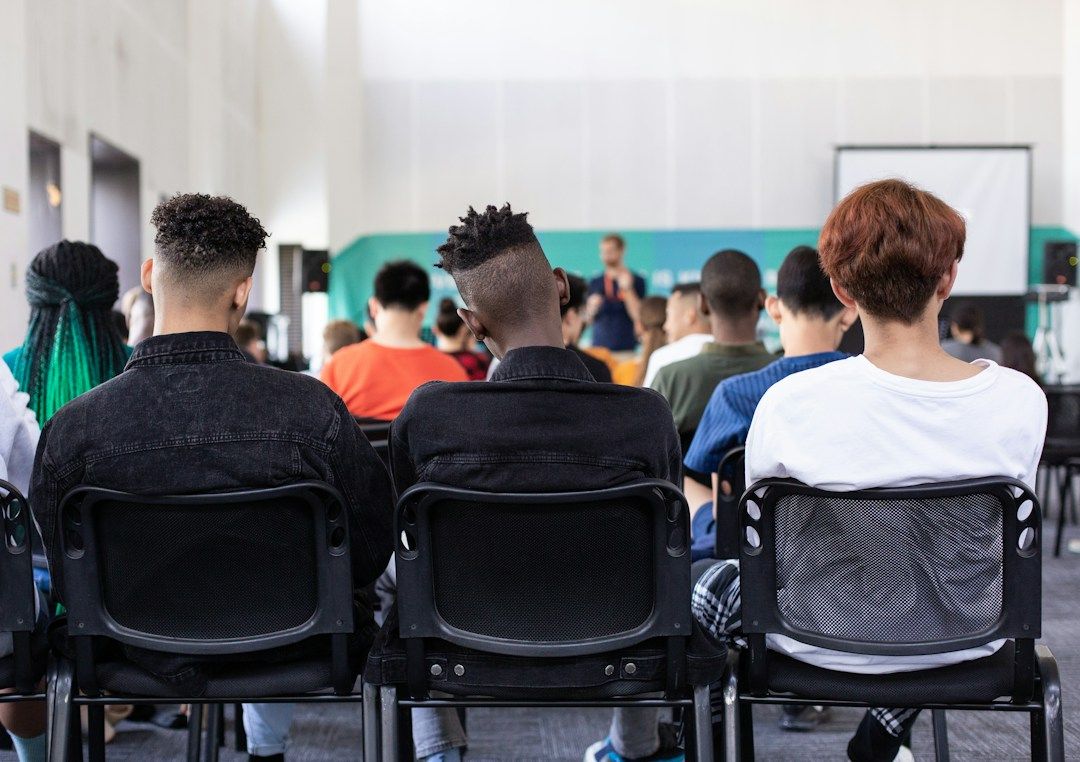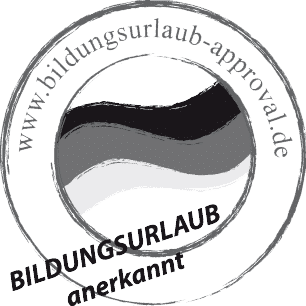Tutorials are so important to help students identify their progress and goals, but what's the best way to tackle them? Read on to find out how to make sure our tutorials are goal-oriented, effective and leave the students smiling.
Why are tutorials important?
Tutorials give us the perfect opportunity to check in with our students and find out how they think they are progressing, what they are enjoying about the classes and what they are finding difficult. This can be the basis for planning our lessons to meet students’ needs and students generally relish the opportunity to have a bit of one-to-one time with their teacher!
Write your awesome label here.

What are some of the challenges?
There seem to be a lot of challenges when it comes to delivering meaningful tutorials.
Sometimes we need to manage the expectations of our students but how do we tell them that they aren’t ready to ‘level up’?
And sometimes, we’re not even be sure about what the capabilities for each level should be. And how do we feedback to parents, employers or other sponsors?
And to top it all off, what do the rest of the class get up to while you are in a one to one with one of their classmates?
Sometimes we need to manage the expectations of our students but how do we tell them that they aren’t ready to ‘level up’?
And sometimes, we’re not even be sure about what the capabilities for each level should be. And how do we feedback to parents, employers or other sponsors?
And to top it all off, what do the rest of the class get up to while you are in a one to one with one of their classmates?
Let's break it down so that we can develop effective & purposeful tutorial techniques
Student self-evaluation
Assessing progress and managing expectations

During the tutorial








